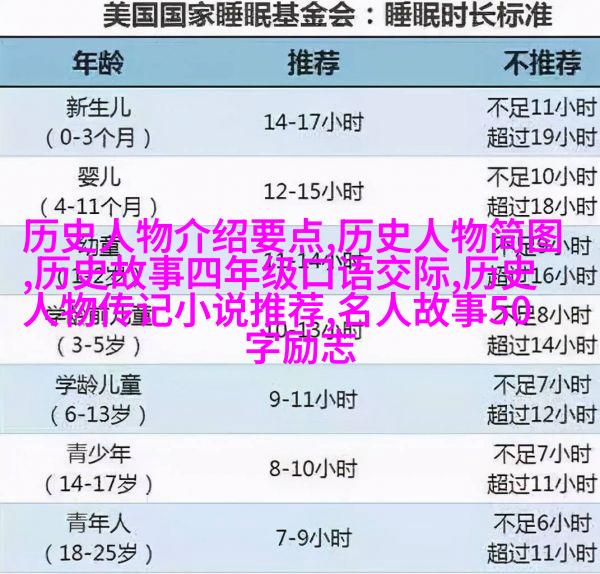Unveiling the Legacy: A Comprehensive Introduction to Leonardo da Vinci

Leonardo da Vinci, a polymath of the Renaissance era, is undoubtedly one of the most fascinating historical figures in human history. As an artist, inventor, engineer, and scientist, he has left behind a legacy that continues to inspire generations with his groundbreaking work in various fields.
Born on April 15th, 1452 in Vinci, Italy, Leonardo was raised by his grandparents after his father's early death. His artistic talent was evident from an early age; however, it wasn't until he moved to Florence at 14 years old that he began formal training as an apprentice under the tutelage of Andrea del Verrocchio.

Under Verrocchio's guidance, Leonardo honed his skills not only as an artist but also as a sculptor and engineer. It was during this period that he contributed significantly to some of Verrocchio's famous works including "The Baptism of Christ," where he painted the angel on Jesus' right-hand side.
Leonardo da Vinci's artistic prowess soon earned him recognition and patronage from powerful families such as the Medicis. He went on to create iconic masterpieces like "The Last Supper" and "Mona Lisa." The latter is considered one of the finest paintings ever created due to its enigmatic smile and intricate details captured through sfumato – a painting technique pioneered by Da Vinci himself.

Beyond artistry lay another aspect of Da Vinci - his curiosity for science. He made detailed observations about human anatomy which eventually led him to perform meticulous drawings of skeletons and organs inside cadavers obtained from local hospitals without any permission or repercussions! This passion for understanding human physiology led him towards inventions like flying machines (years before modern aircraft) while studying bird flight patterns closely.
In addition to these pursuits were Da Vinci’s architectural designs inspired by nature - buildings resembling wings or spirals mirroring seashells. Even though they never materialized into actual structures during his lifetime their influence can be seen in modern architecture today!

DaVinci also dabbled extensively into mathematics making discoveries such as describing infinite series before Sir Isaac Newton did so centuries later!
As we reflect upon this remarkable individual who lived over five hundred years ago it becomes clear how usefully applicable learning multiple subjects can be especially when combined with creativity & curiosity-driven exploration! Use English introducing one historical figure truly reveals just how much we stand on giants shoulders when exploring new ideas & innovation across disciplines!

